Customer experience optimization is central to the processes of any business looking to build a proper customer journey. CX optimization must be a holistic account of how customers relate to your products, services, and employees. Consequently, it requires keeping track of a lot of complex moving parts.
In this article, we’ll cover how to analyze and optimize your CX processes so you can build a complete service for your customers.
Performing a Customer Experience Analysis
Building a customer experience program starts with identifying your customers, what they want, and locating the crucial touchpoints that intersect with your operations. To perform a CX analysis you need to follow these steps:
- Find key journey points and touchpoints: Identify where your customers are in regard to the customer journey stages and create a funnel to lead them to conversion. While they can vary for every business, key stages include:
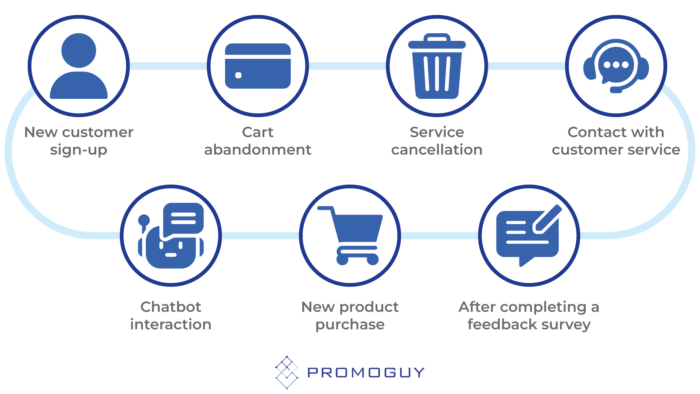
- Audit journey points and procedures: Check how your main interactions with the customer align with their needs, demands, queries, and level of information. An audit should divide customers into the stages of the funnel and make sure the process corresponds with the methods and approaches most effective at attracting that segment. Here is an example of a flowchart that aids in Customer Experience Ecosystem mapping:
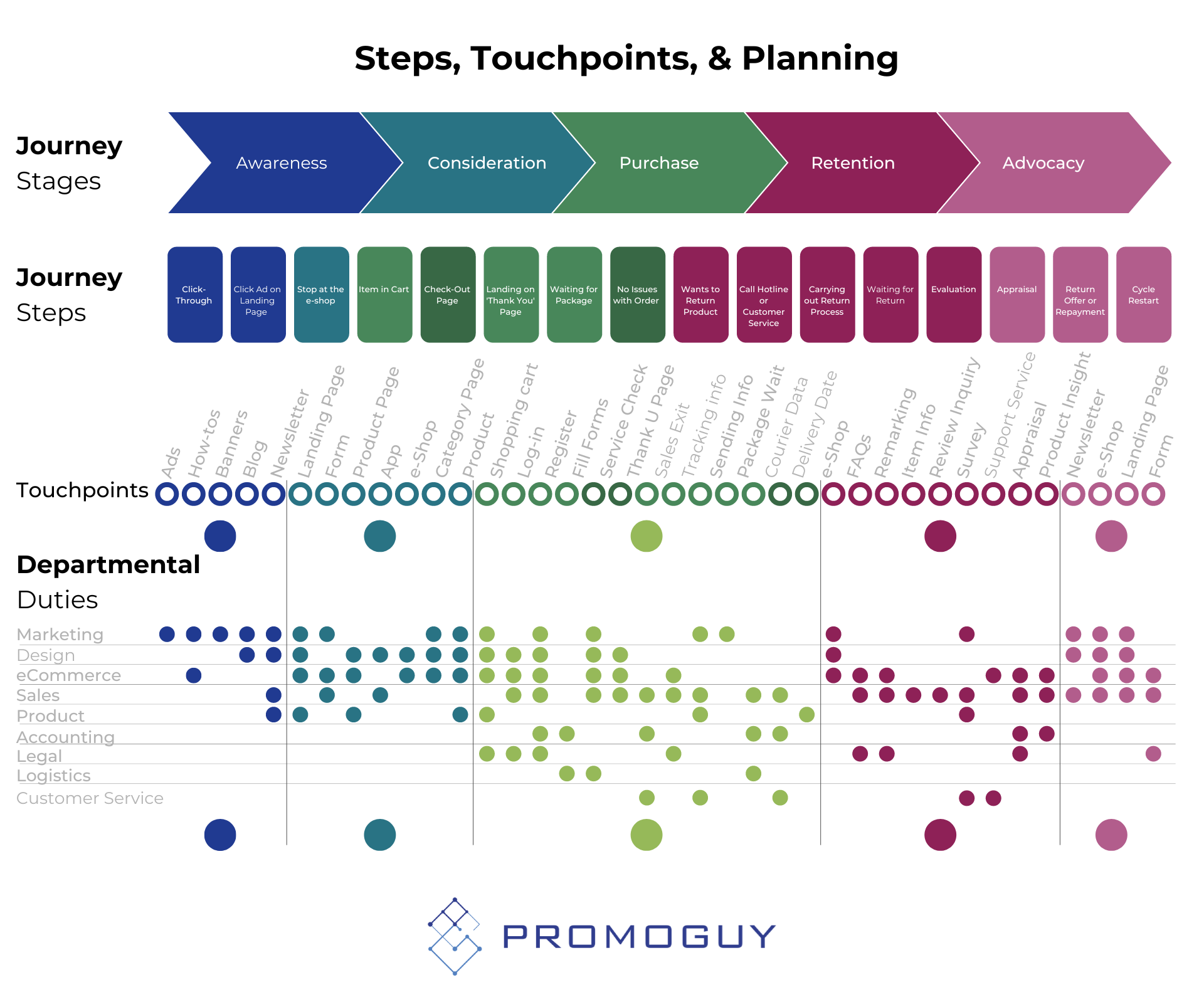
- Gather customer feedback: Look at crucial feedback areas to understand how customers perceive you.
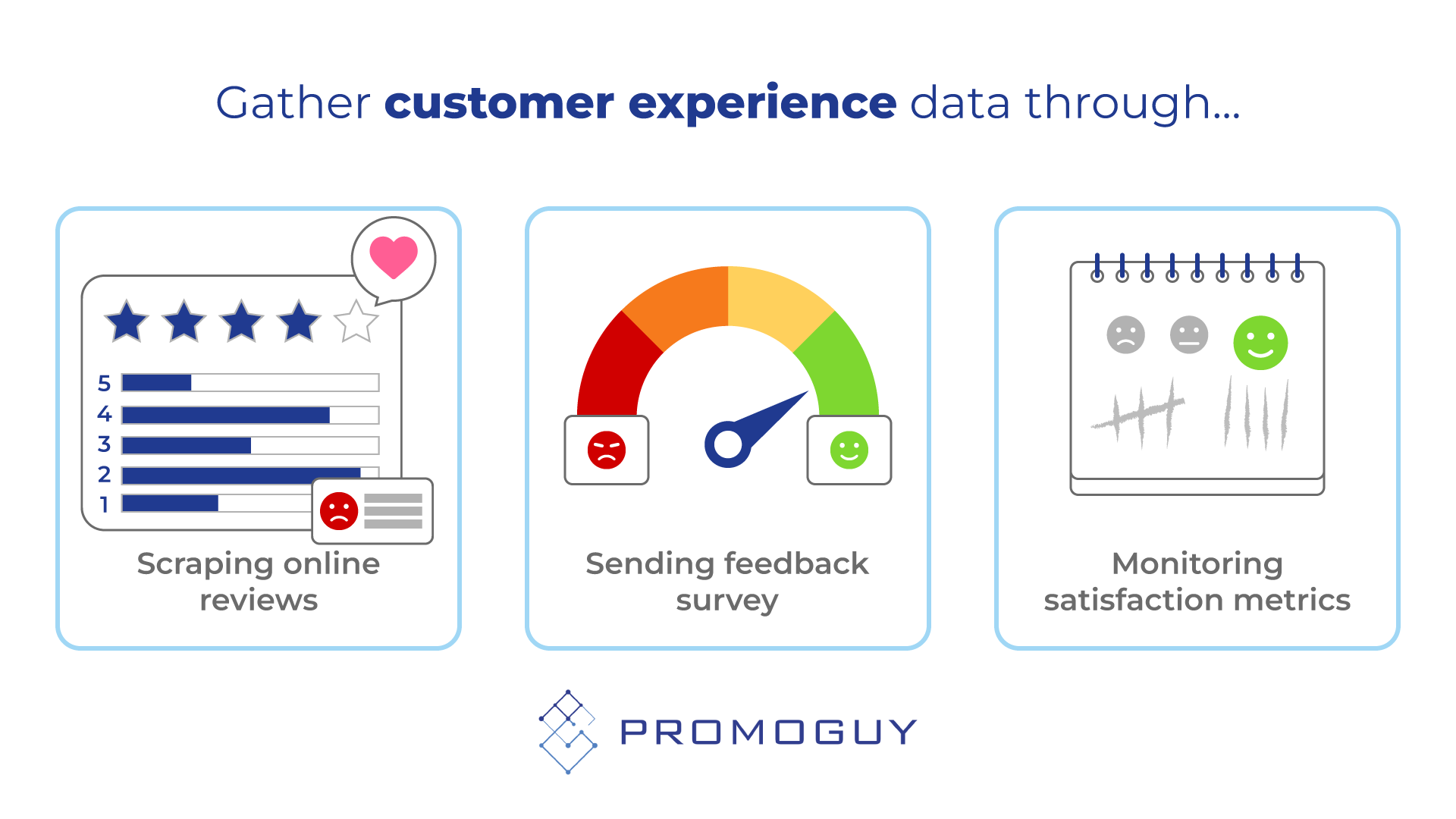
For a more in-depth look, check out our article about customer journey optimization and mapping.
CX Analysis Tips
To properly create a powerful customer experience, you need to keep a few things in mind:
Understand the difference between qualitative and quantitative data. Qualitative data is harder to sort and derive concrete numbers from but it can be more useful in gathering answers that have depth and allows users to express themselves with a greater degree of freedom. Quantitative data is easier to display, contrast, compare, and gather in large numbers. On the other hand, it can be limited while also pigeon-holing respondents within prescribed answers (in some cases). Choose wisely.
Remember to segment your various users properly to create effective data analysis procedures. Your customers are always divisible into different sub-segments which benefits targeting strategies. Demographic and psychographic segmentation are great places to start. Try to understand their backgrounds, interests, communication needs, and lifestyles.
Always have your end goals in mind. Compare what customers want with the ideal flow as a roadmap while balancing that with the resources available. Conversely, do not go chasing after the wrong customers or implement systems simply because a few lone voices recommended them. Be true to the utility of your customer service vision.
Customer Experience Analytics & Metrics
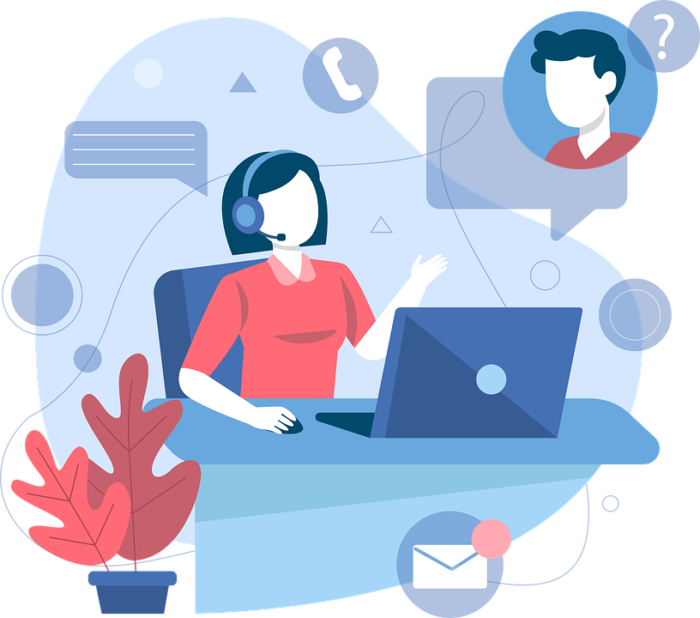
Here are some key metrics you should be surveying for and analyzing:
- Net Promoter Score (NPS): This metric measures the likelihood that a customer would recommend the company to others. It is a good indicator of customer loyalty and satisfaction.
- Customer Satisfaction Score (CSAT): This metric measures how satisfied customers are with a particular interaction or experience with the company. It can be measured using surveys or other feedback mechanisms.
- Customer Effort Score (CES): This metric measures how easy or difficult it was for a customer to complete a particular task or interact with the company. This can include things like placing an order, resolving a support issue, or finding information on the website.
- Customer Lifetime Value (CLV): the total value customers can bring to the company over their business relationship. This helps businesses prioritize their efforts to retain existing customers and attract new ones.
- Churn Rate: the rate at which customers are leaving the company. A high churn rate can indicate issues with the customer experience or other problems that need to be addressed.
In terms of digital marketing, it’s also important to keep track of:
- Bounce/Exit rate: Good for identifying where people leave and both are especially useful at gauging interest customers might have in the post-awareness and evaluation stages of the funnel.
- Unique vs Recurring visitors: Depending on your goals, these can be great to know. Find out how many new people you’re attracting or how many people are returning.
- Average session duration: How long do they stay on your service pages before leaving? Is there some information missing that could increase this stat? Or is there a problem with your targeting that it’s attracting the wrong segment?
- Renewal rate: The number of people who keep signing up or choose to continue their membership.
Customer Experience Transformation
Customer experience research and implementation are the heart of any transformation. Here’s how you can reinvent your CX and customer outreach process:
- Survey customers to identify which areas you can improve (if you don’t have customers yet, survey your ideal customer and create a buyer persona).
- Make sure you have enough touchpoints to maximize communication with customers (email, newsletters, contact pages, customer service lines, etc.).
- Improve accessibility to your touchpoints.
- Better SEO and keyword optimization for new customers.
- Useful FAQs or community management practices that promote easier user integration and provide answers to customer queries.
- Make payment as easy as possible.
- Keep customer service lines and chatbots active for customer queries.
- Customer success engineers should improve on all of these by examining CTR, exit rates, and bounce rates.
- Reevaluate processes to find out which customers have the most trouble and focus on creating systems that fix their queries.
CX Tools
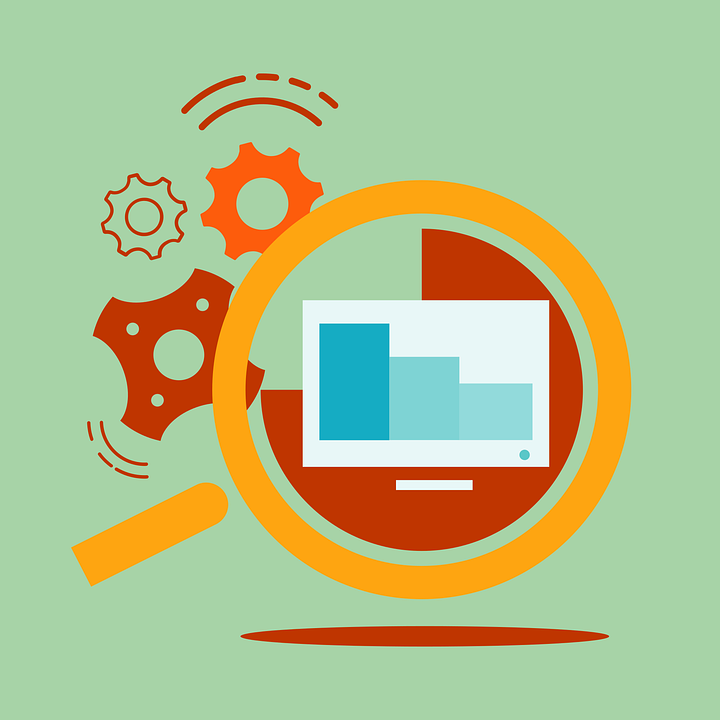
One of the main ways technology has impacted the customer service experience is the abundance of tools we now have, ranging from email automation to chatbots to CRM systems. These all allow companies to communicate with customers and keep track of their needs. Here are some crucial customer experience tools.
Customer experience automation tools that can help communicate and teach customers:
- Activecampaign: A well-regarded email marketing, marketing automation, sales automation, and CRM software. It is especially good for small businesses despite the limited file formats and being a bit on the pricey side. Great for communicating with customers.
- Userpilot: Userpilot is a SaaS product that allows companies to create in-product experiences for their customers. This one is great for mapping out the customer journey.
- HubSpot: HubSpot offers a number of features one can use to optimize the customer experience. Workflows, landing pages, gathering feedback, and crafting email campaigns can synergise your customer-facing communications.
Here are a few Customer service optimization tools:
- Chatbots: Chatbot integration has come a long way. It’s good to have a bot handling simple queries but remember that many customers frown on them, so use them sparingly.
- Social listening tools: Tools like Hootsuite can really help you hone in on what your customers are saying and when you get mentioned online. Even something as simple as Google Alerts can go a long way to keeping you in the loop.
- Online communities and forums: Whether it’s subreddits or Discords, you can use the power of your community to create an ecosystem where they help each other, form attachments, and provide you with valuable data.
Hopefully, the following tips have given you some great ideas for how to service your audience.


